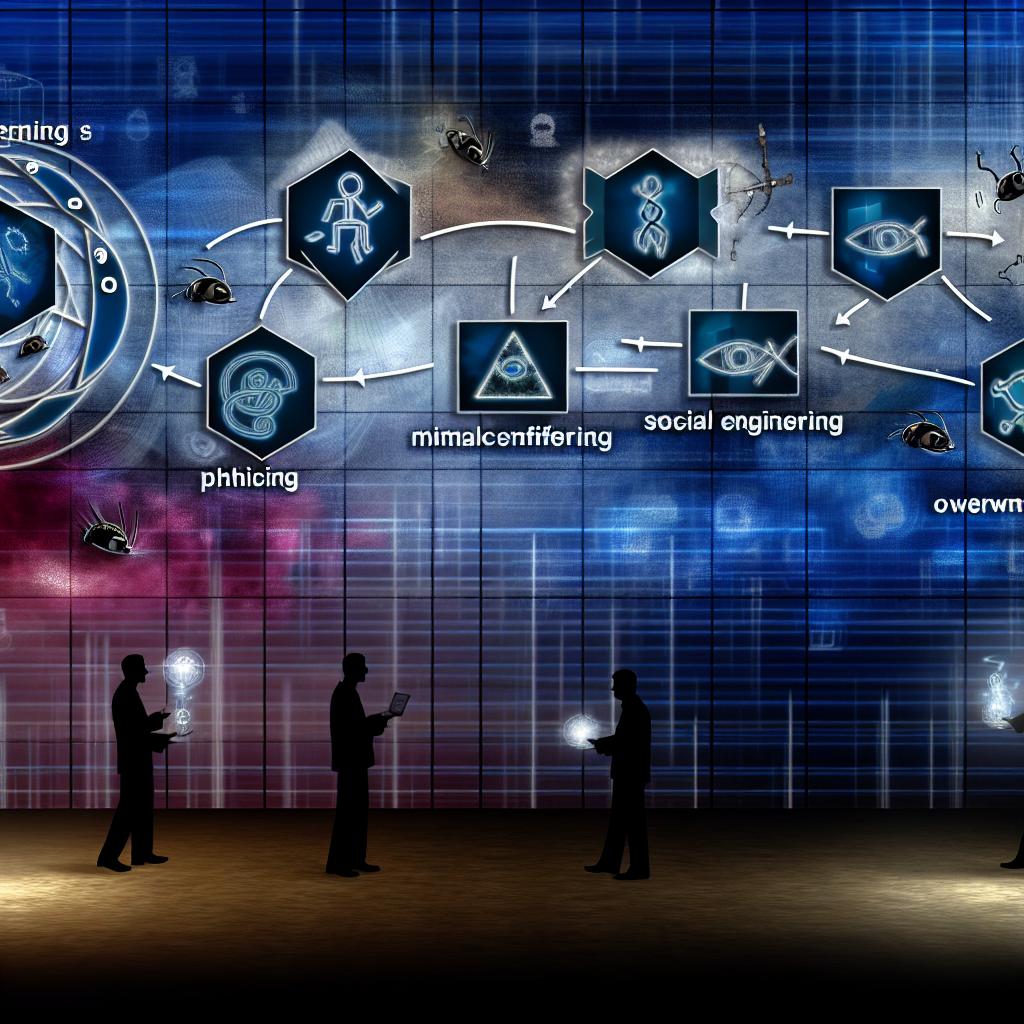AI Threat: Unveiling the Rise of AI-powered Cyber Threats
Explore the increasing prevalence of AI-powered cyber threats.
The Evolution of Cybersecurity Landscape
The evolution of technology has brought about significant changes in the cyber security landscape. As businesses and individuals become more reliant on digital platforms and technologies, the need for robust cyber security measures has become paramount. In the early days of the internet, cyber security primarily focused on protecting systems from viruses and malware. However, with the advancement of technology, cyber threats have become more sophisticated and complex.
Today, cyber criminals employ various tactics to infiltrate systems and steal sensitive information. They constantly adapt their techniques to exploit vulnerabilities in networks, applications, and devices. As a result, the cyber security landscape has evolved to keep pace with these emerging threats. Organisations now need to adopt proactive measures and advanced technologies to defend against cyber attacks.
The Emergence of AI-powered Threats
One of the most significant developments in the cybersecurity landscape is the emergence of AI-powered threats. Artificial intelligence (AI) has revolutionised various industries, including cyber security. While AI has the potential to enhance security measures, it can also be leveraged by cyber criminals to launch sophisticated attacks.
AI-powered threats refer to cyber attacks that utilise AI algorithms and techniques to bypass traditional security systems. These threats can analyse large amounts of data, identify vulnerabilities, and autonomously exploit them. For example, AI-powered malware can learn and adapt to security measures, making it challenging to detect and mitigate.
The rise of AI threats has raised concerns among cyber security professionals and organisations. It requires a proactive and multi-layered approach to defend against these advanced attacks.
Common Types of AI-powered Cyber Threats
AI-powered cyber threats come in various forms, each posing unique risks to organisations. Some common types of AI-powered cyber threats include:
- AI-powered malware: Malicious software that uses AI techniques to evade detection and propagate across systems.
- AI-powered phishing attacks: Phishing emails and messages generated by AI algorithms to trick users into revealing sensitive information.
- AI-powered social engineering: Manipulating individuals through AI-generated content to deceive them into performing certain actions.
- AI-powered DDoS attacks: Distributed Denial of Service (DDoS) attacks that utilise AI algorithms to overwhelm target systems with traffic.
These are just a few examples of how AI-powered cyber threats can exploit vulnerabilities and compromise security.
Impact of AI-powered Threats on Businesses
The impact of AI-powered cyber crime on businesses can be severe and far-reaching. These threats can result in financial losses, reputational damage, and legal consequences. Some of the key impacts include:
- Data breaches: AI-powered attacks can breach sensitive data, leading to legal and regulatory repercussions.
- Disruption of operations: DDoS attacks powered by AI can bring down websites and online services, causing significant disruptions.
- Intellectual property theft: AI algorithms can be used to steal valuable intellectual property, affecting a company's competitive advantage.
- Damage to brand reputation: Successful AI-powered attacks can erode customer trust and damage the reputation of businesses.
The increasing prevalence of AI-powered threats necessitates proactive cybersecurity strategies to minimise the potential impact on businesses.
Mitigating AI-powered Cyber Threats
To effectively mitigate AI-powered cyber threats, organisations need to implement robust security measures. Some strategies to consider include:
- AI-powered defence systems: Utilise AI algorithms to detect and respond to AI-powered threats effectively.
- Employee training and awareness: Educate employees about AI-powered threats and best practices to prevent attacks.
- Regular vulnerability assessments: Conduct frequent assessments to identify and patch vulnerabilities that could be exploited by AI-powered attacks.
- Collaboration and information sharing: Foster collaboration among organizations to share threat intelligence and stay updated on emerging AI-powered threats.
By adopting a proactive and multi-faceted approach, businesses can strengthen their defences against AI-powered cyber threats and minimise potential risks including hacking and ai-driven phishing attempts.
'I have been hacked' is another blog article giving you insightful information on what to do if you have been hacked.

Leave A Reply